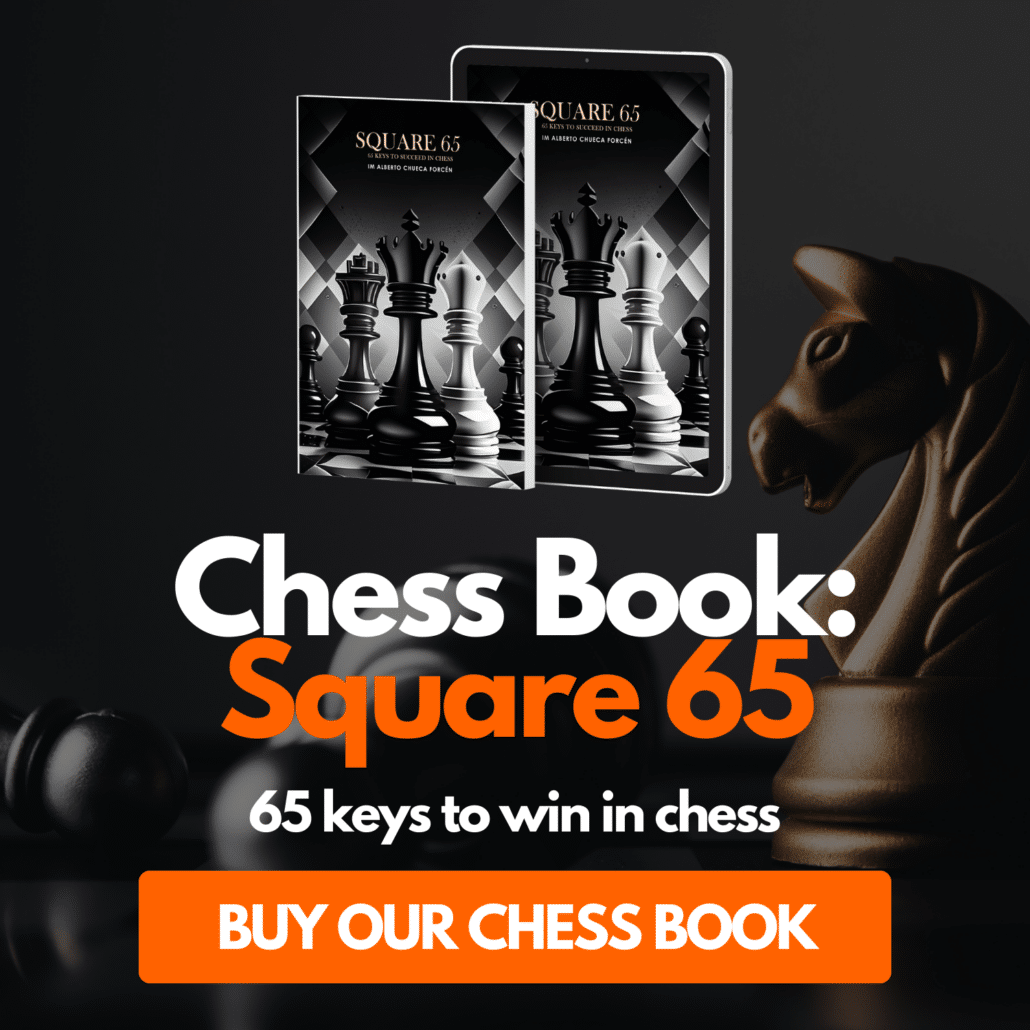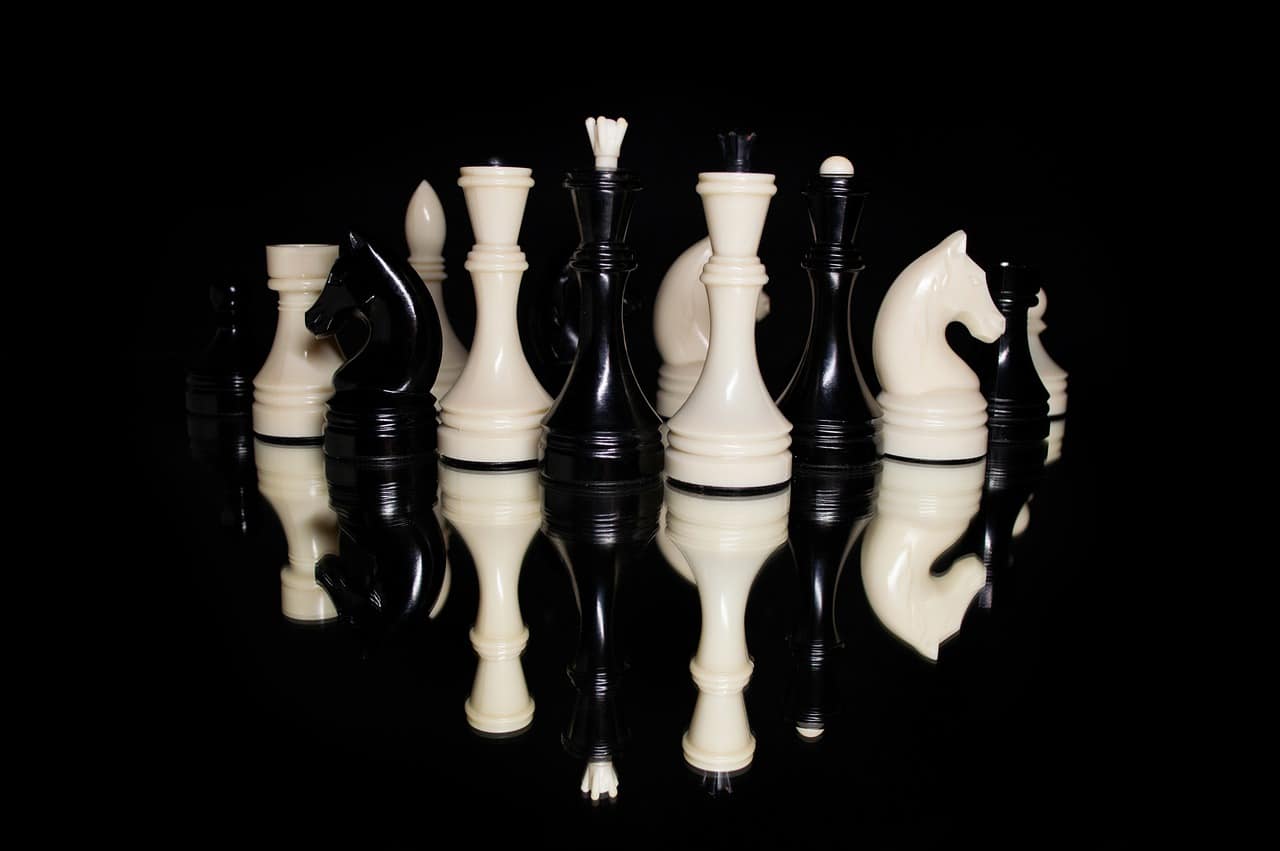The chess knight is undoubtedly one of the most interesting pieces in the game of chess. Represented by a horse's head and neck, the knight is worth three points and is the only piece that can hop or jump over another piece. It is considered a minor piece but its strategic value cannot be overlooked. Knowing how to effectively use the chess knight is paramount to success in the game of chess.
Table of Contents
What is a Chess Knight?
A chess knight is one of the six types of pieces used in the royal game of chess. Represented by a horse's head and neck, knights are worth three points, the same highly-valuable value as a bishop. Each player starts the game with two knights on the b- and g-files, each located between a rook and a bishop.

The knight is unique in that it is the only piece that can hop or jump over another piece and every time it moves it alternates from a light-square to a dark-square, or vice-versa. It can move in an L-shape pattern spanning two tiles in any direction and 1 tile to its side. This unusual pattern gives the knight an invaluable advantage in the game– it can move through other pieces on the board, allowing it to get to any square on the board with relative ease.
Uses and Strategies
Knights are great for attack and defense as they can cause tremendous disruption when stationed near the enemy king. They can also be used to control the squares in the center of the board, and are great for taking control of open files and diagonals. Knights are less powerful when situated at the edge of the board and should be moved to more effective central squares on the board as soon as possible.
A common chess opening strategy that involves knights is to develop them before the bishops in the opening, as knights can get around easier than bishops. This helps position the knight on central squares and quickly bring it into play.
A Brilliant Game with Knights
One of the most iconic games to feature Chess knights is a game between two of the greatest chess players of all, Chigorin and Anand. In this memorable game, Chigorin’s superior utilization of both knights resulted in a powerful attack that overwhelmed Anand’s castled king position.
The game started with Anand’s e5 pawn opening, setting up one of the classic pawn structures known as the “King’s Indian Defence”. After Anand went for broke and launched a counterattack in the center, Chigorin responded by maintaining control over the central square and maneuvering his knights cleverly in response to Anand’s counterattack. This allowed Chigorin to gain a powerful initiative that eventually resulted in Anand’s resignation after just 24 moves.
Can a Knight Move First in Chess?
Yes, a knight can move first in chess. A player can only move either the pawns or the knights on their first move and many prefer to move the knight instead of the pawn. This helps develop the knight onto a more effective square and quickly bring it into play.
Final Thoughts
The chess knight is an amazing piece that is both versatile and powerful. It’s the only piece that can move through other pieces on the board and jumping over blockading pieces. Knowing how to effectively use the knight is essential for success in the game of chess. Learning from master games and understanding the basics of knight strategy can help you develop and hone your knight skills. So the next time you're planning your opening moves, don't forget about the power of the knight!








